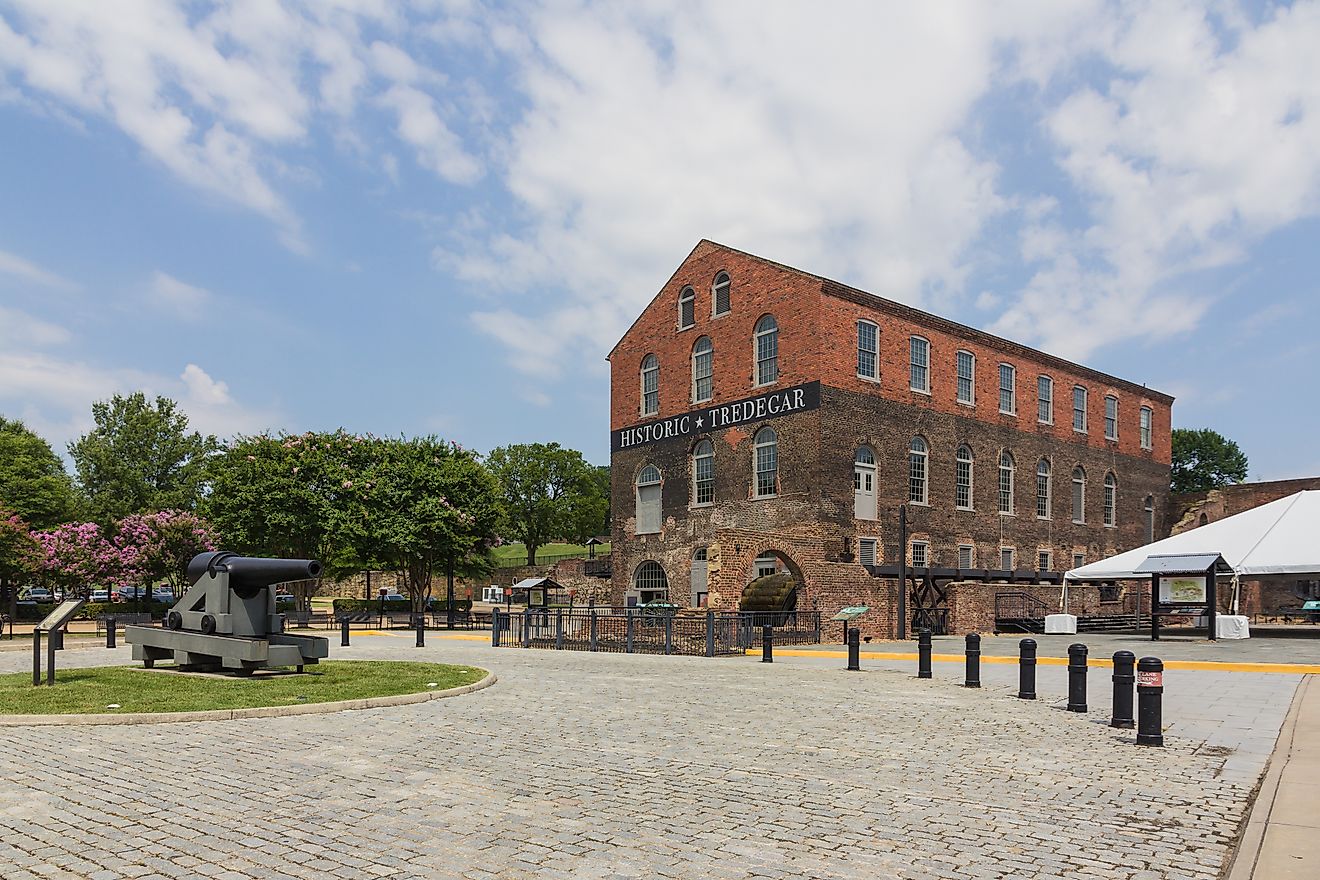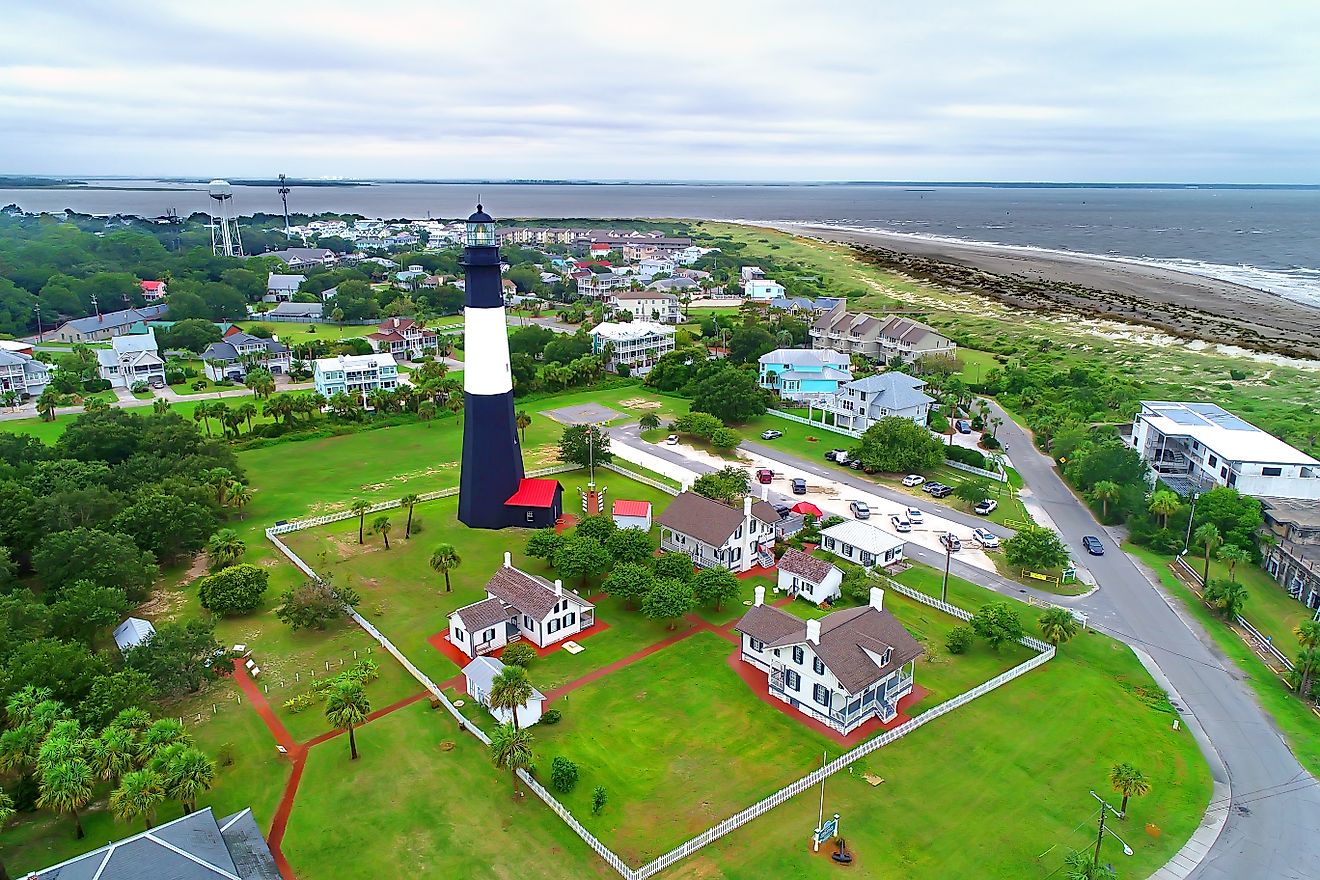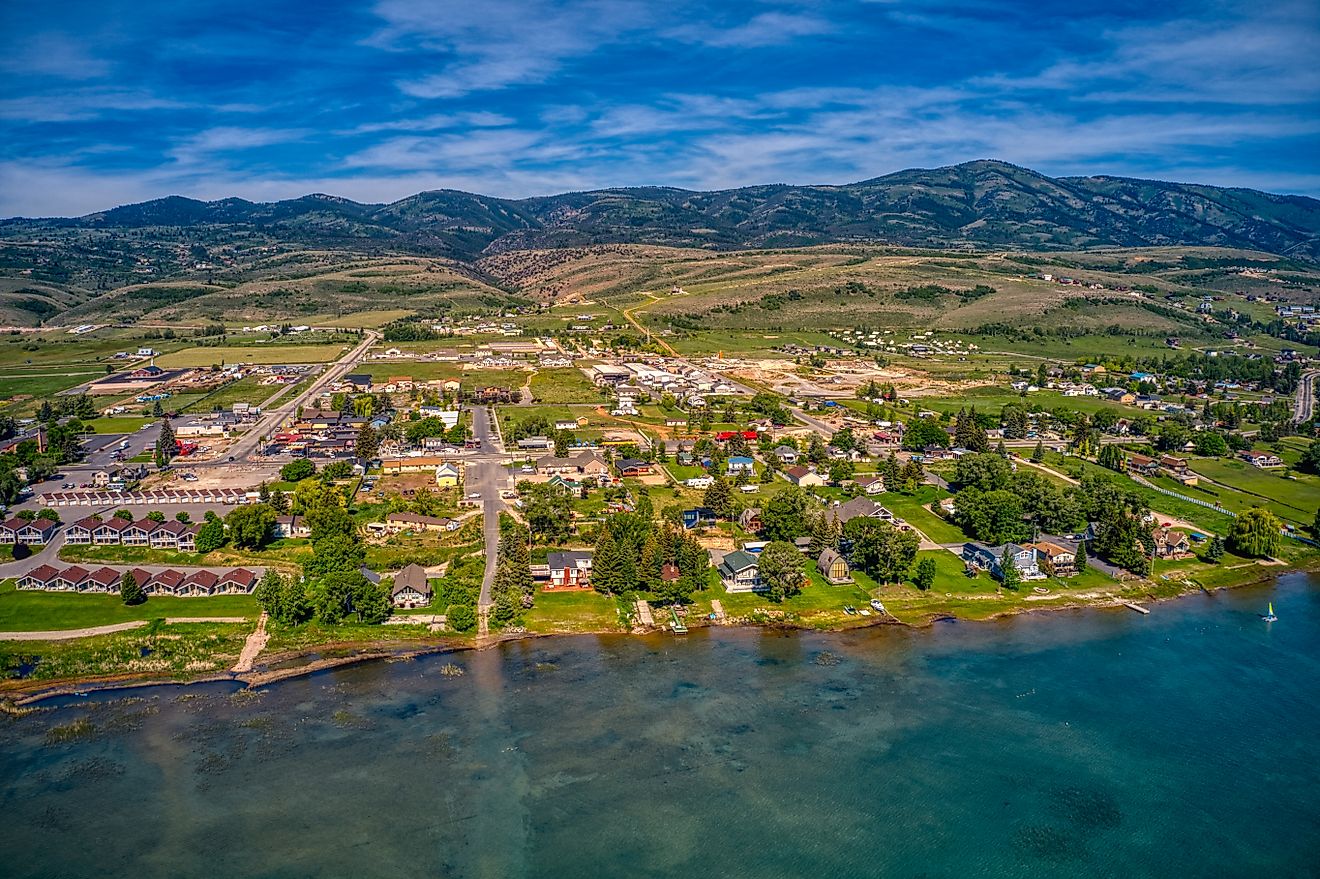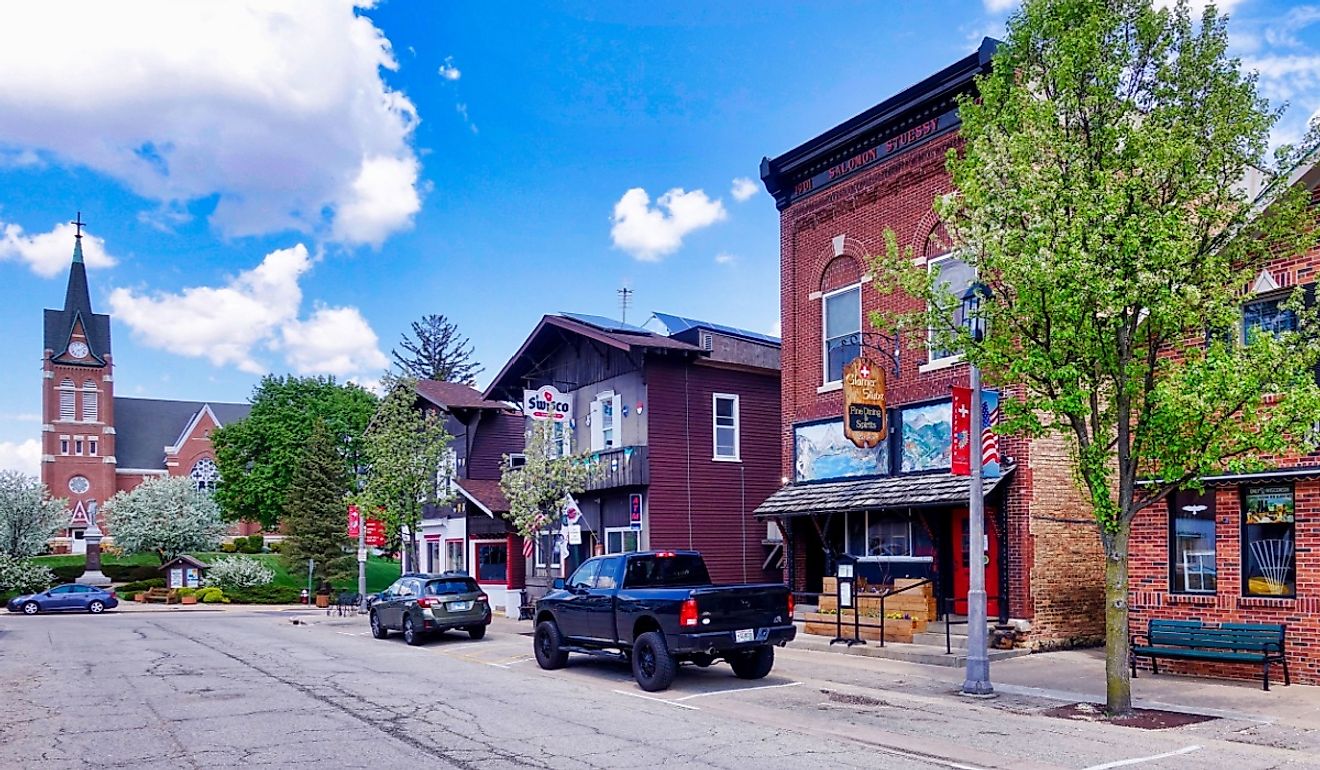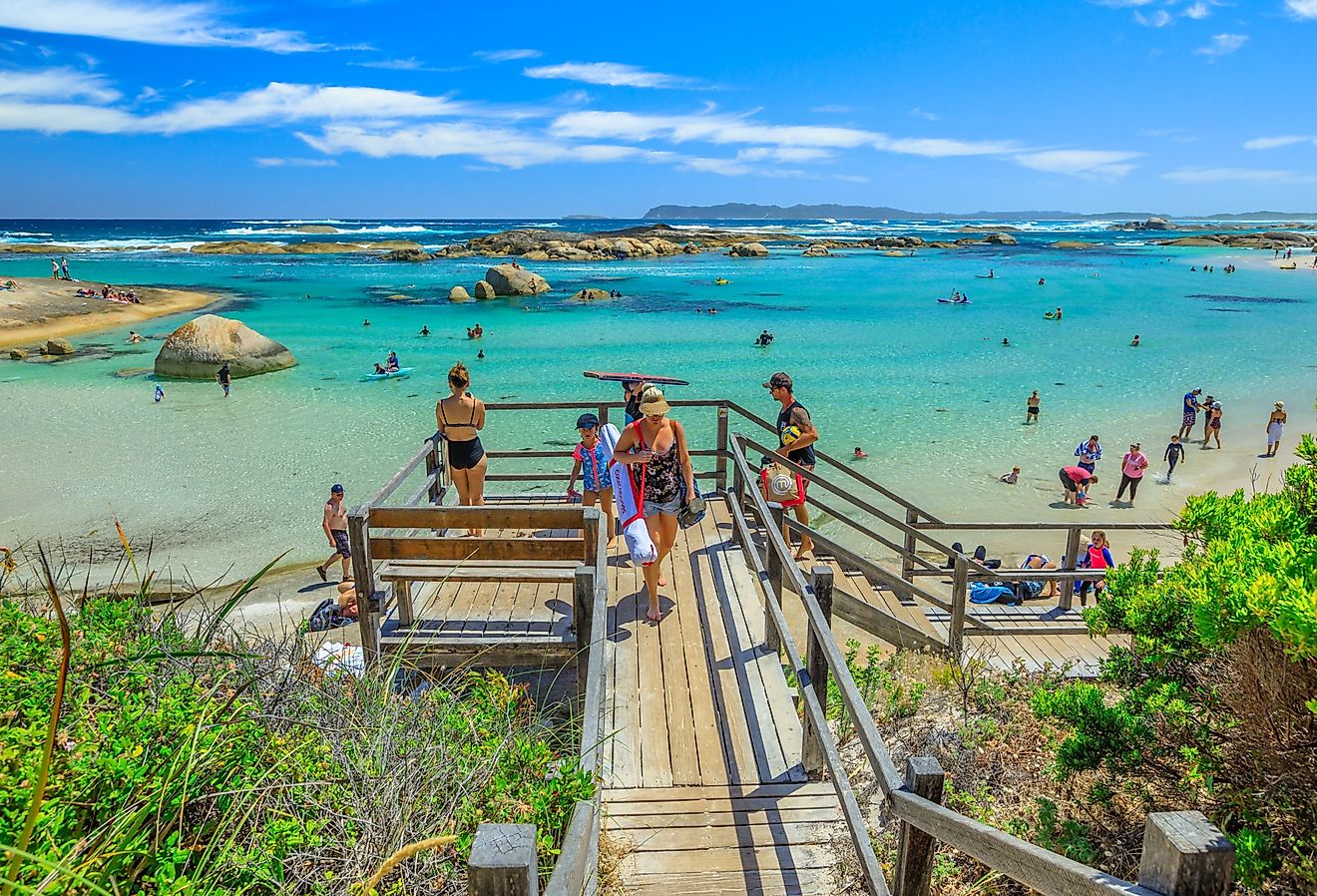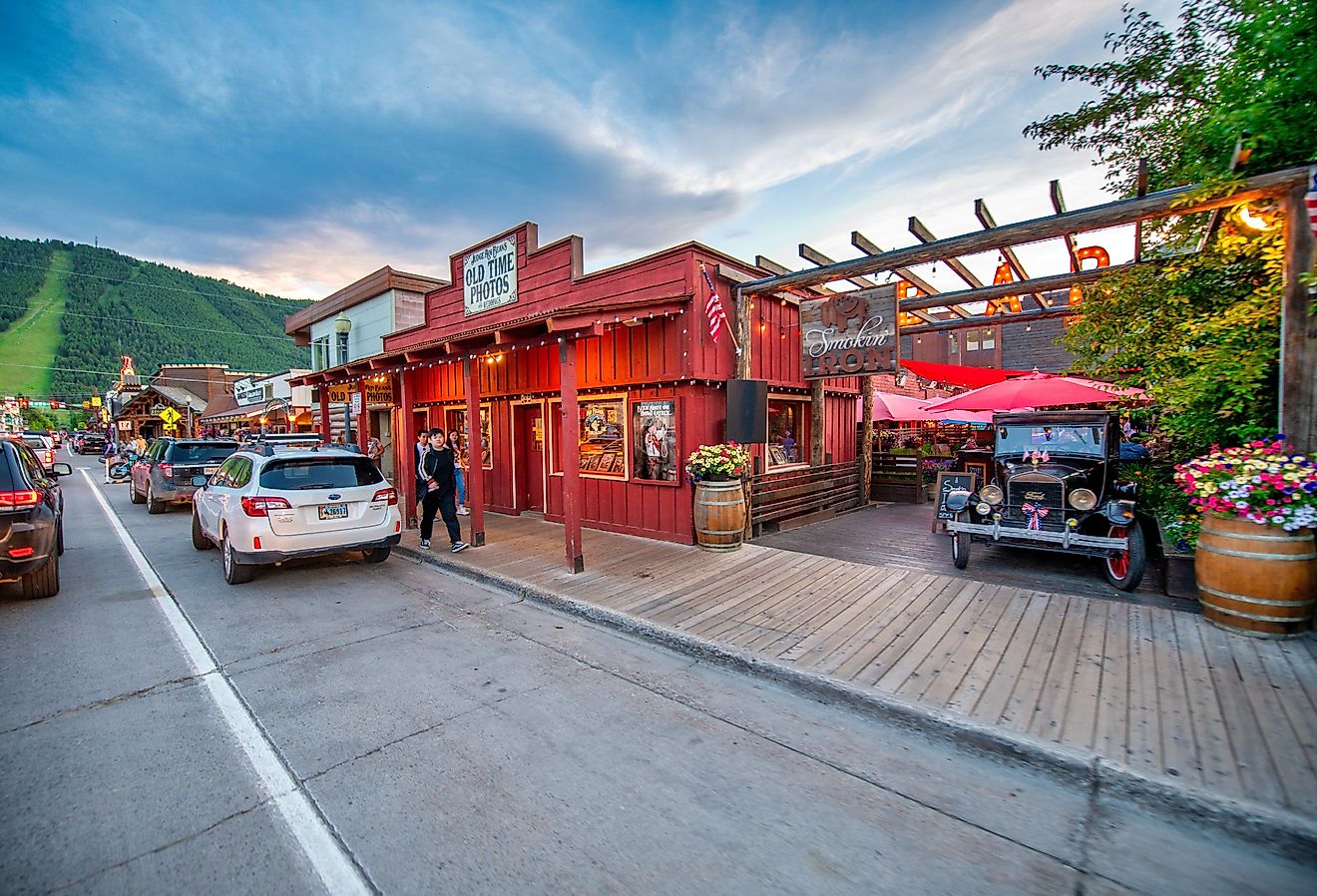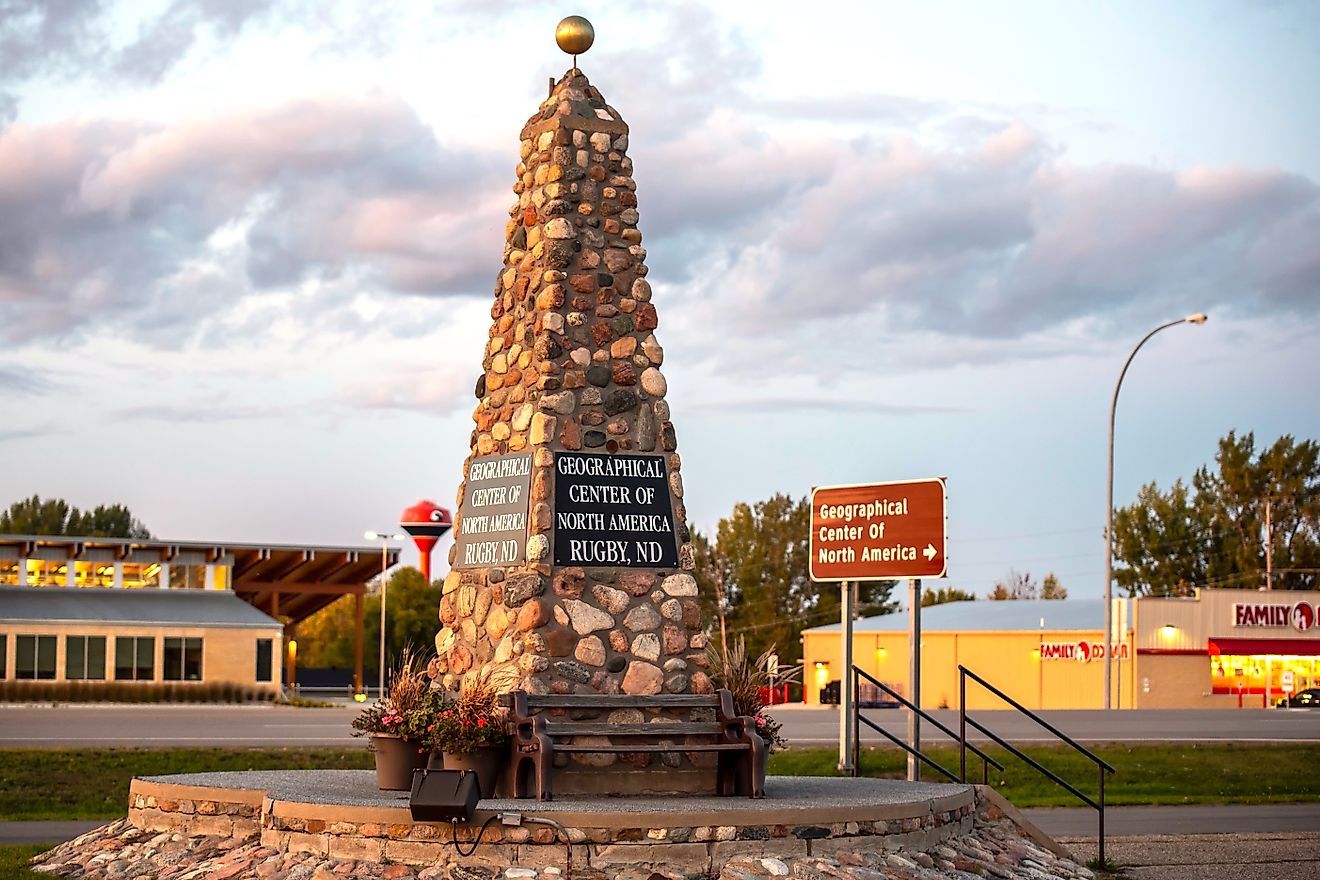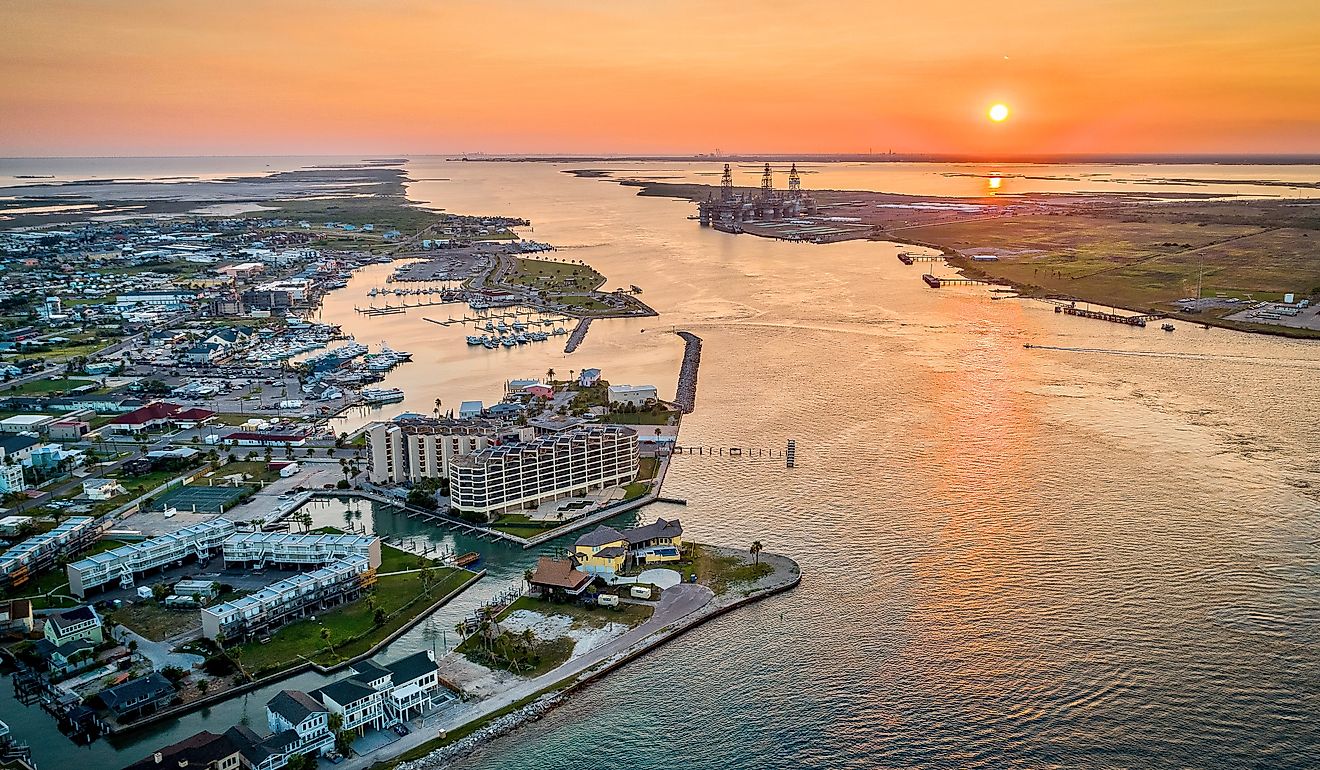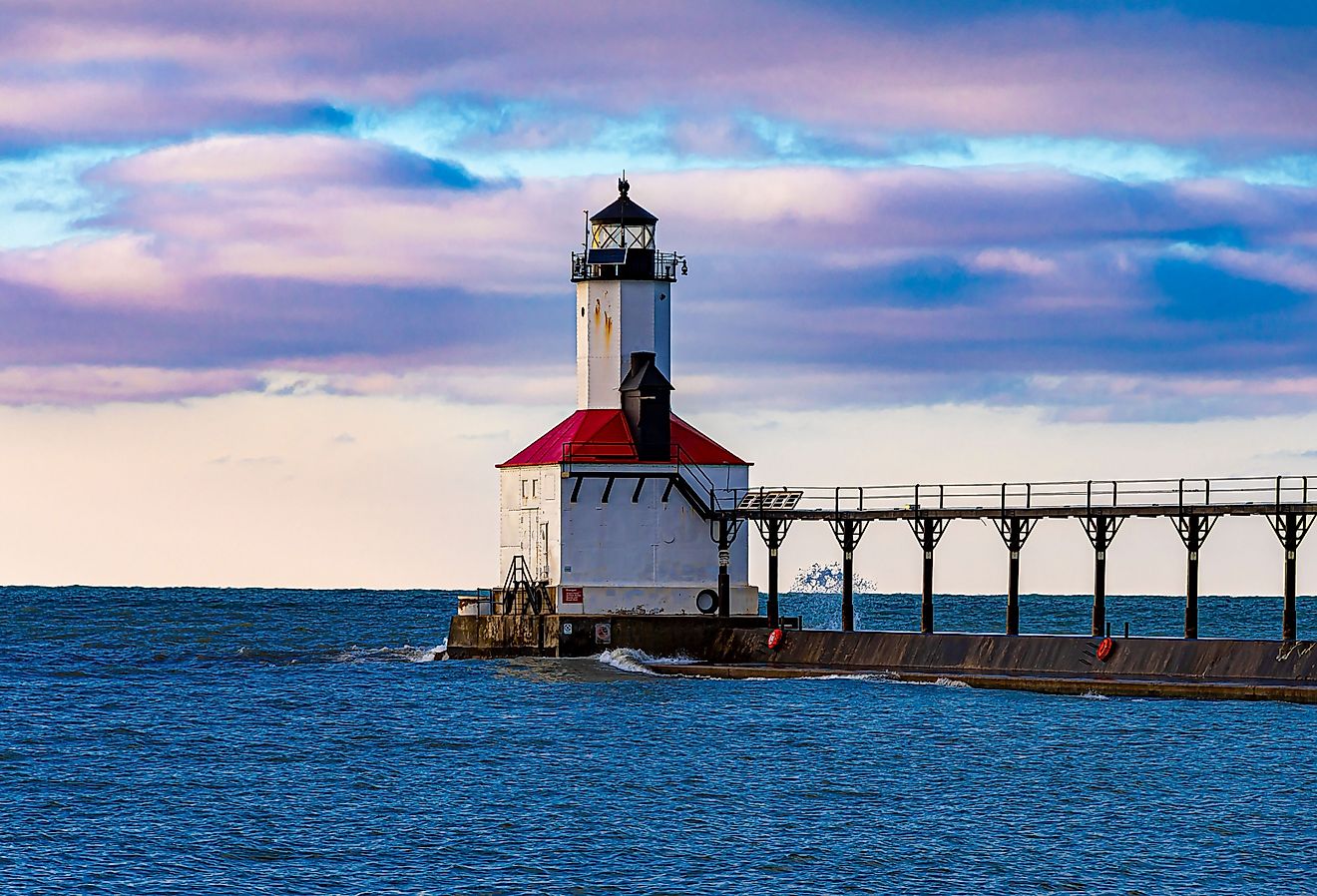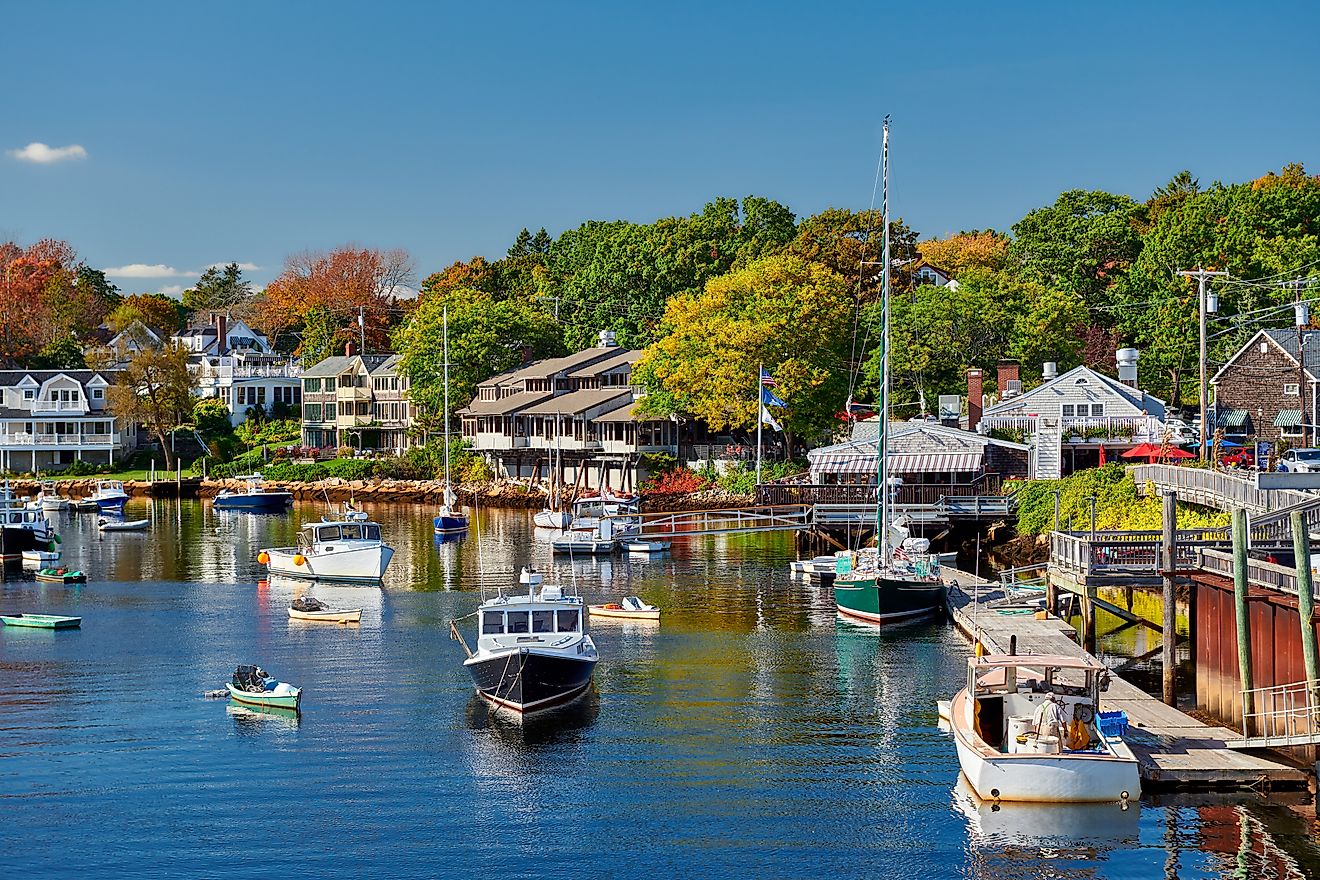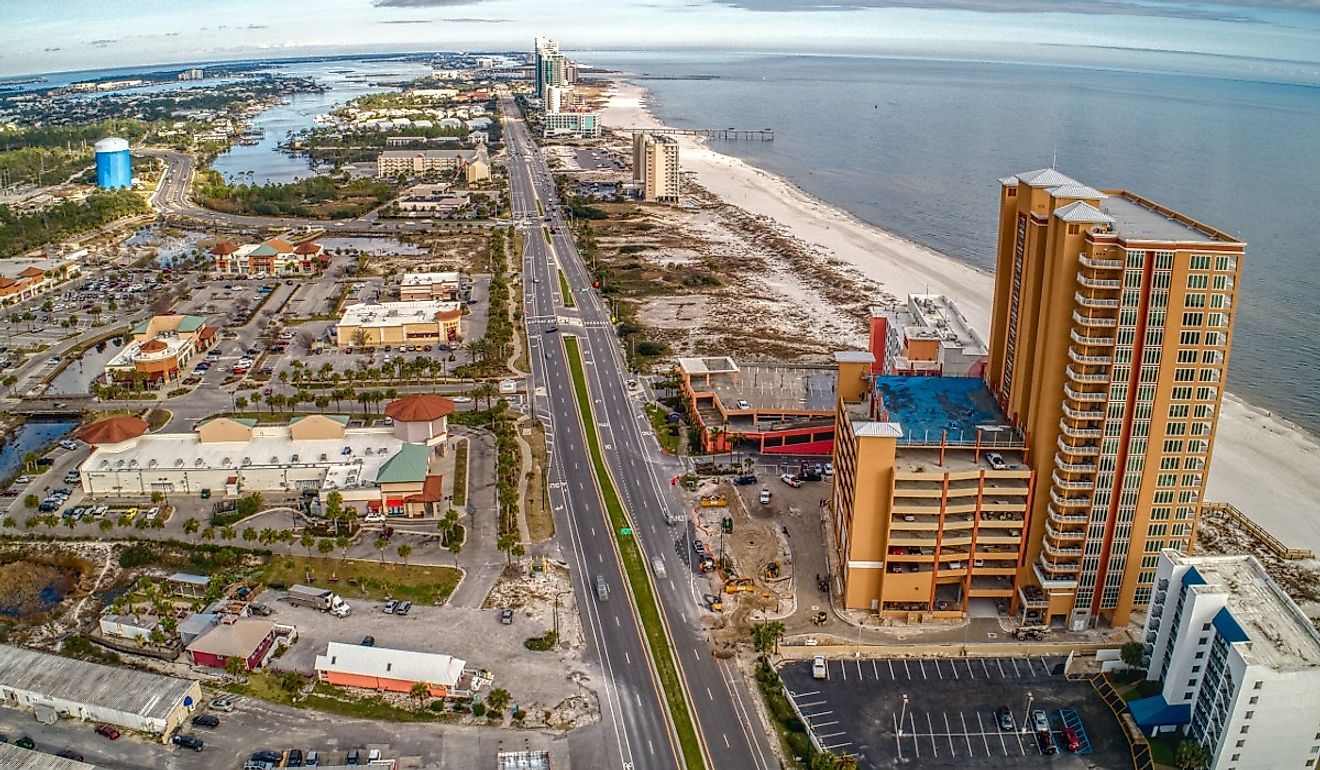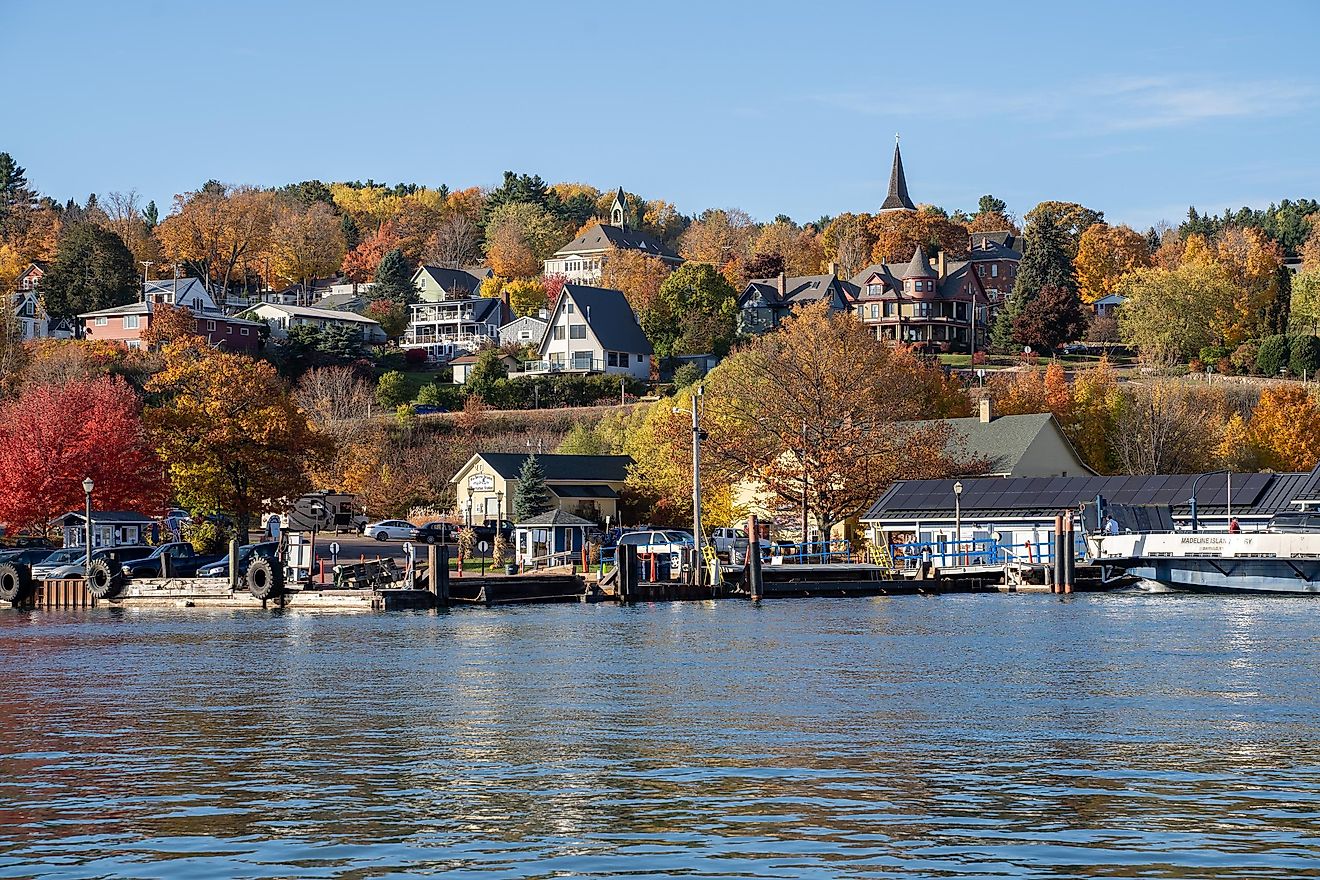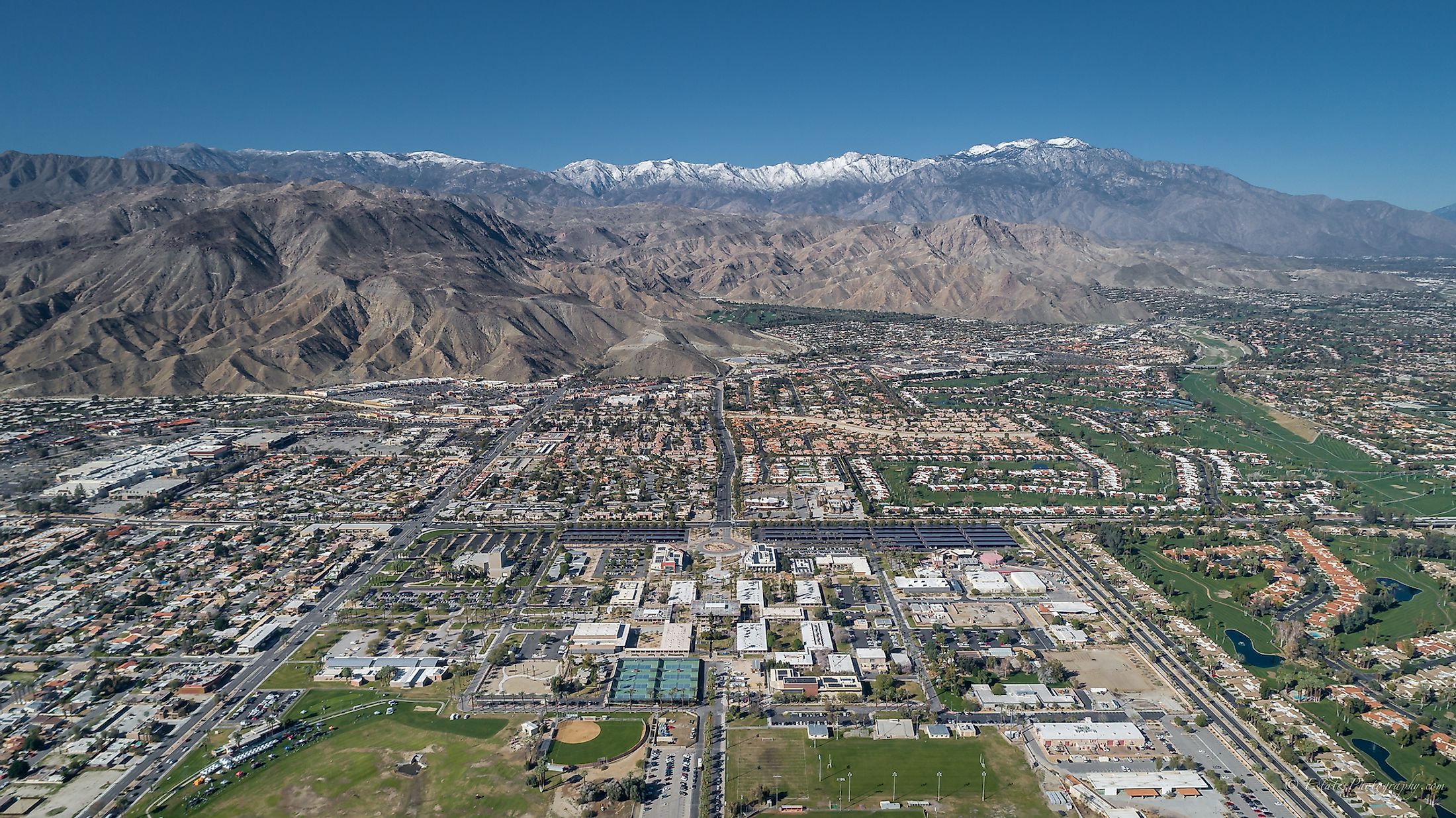
Palm Desert, California
Palm Desert is a small city located at the heart of the Coachella Valley in the Riverside County of the US State of California. The city of Palm Desert serves as the cultural and retail center of the desert communities in the Coachella Valley. It is also a popular retreat for several seasonal tourists and residents or “snowbirds” who migrate to the city during winter from the colder northern parts of North America.
Geography Of Palm Desert
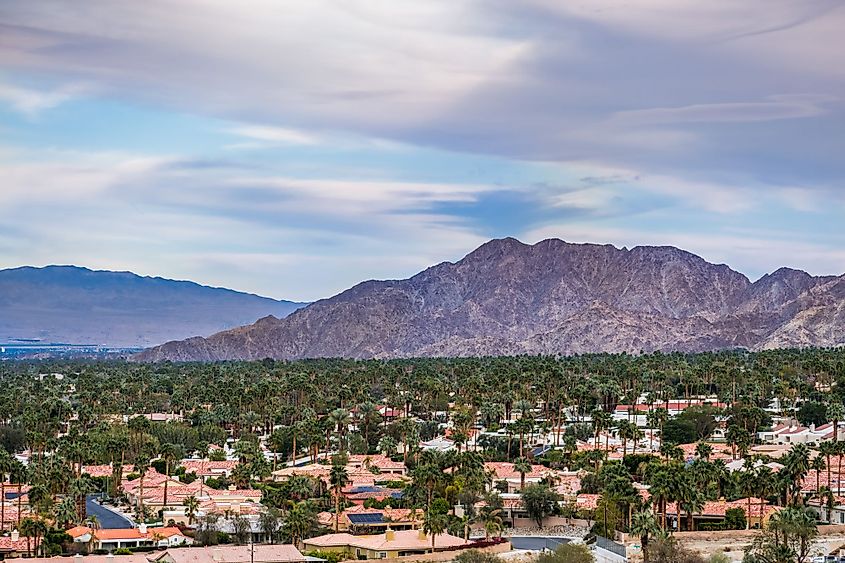
Palm Desert covers a total area of 69.97 sq. km, of which 0.53 sq. km is occupied by water and 69.44 sq. km is occupied by land. The city is located at an elevation of 68m in the heart of the Coachella Valley, which is considered to be the north-western extension of the Sonoran Desert. The city is situated approximately 196km east of the city of Los Angeles, 195km northeast of the city of San Diego, and 23km east of the desert resort city of Palm Springs. The Santa Rosa and the San Jacinto Mountains National Monument is located to the south of Palm Desert, while the Coachella Valley National Wildlife Refuge is located to the north of the city.

There are about 14 city parks in Palm Desert including Freedom Park, Magnesia Falls City Park, Palm Desert Dog Park, Washington Charter School Park, etc. There are more than 30 motels and 5,000 motel rooms in the city, that cater to a large number of tourists visiting the city of Palm Desert. In addition to this, there are more than 30 golf courses that have made Palm Desert, the Golf Capital of the World. The largest universities in Palm Desert include College of the Desert, International School of Beauty Inc, and the Milan Institute-Palm Desert.
Tourist Attractions In Palm Desert
McCallum Theatre
Located on the southern end of the College of the Desert campus, the McCallum Theatre is a 1,127-seat live theatre and concert venue in the city of Palm Desert. The McCallum Theatre holds fabulous stage performances in all genres including music, ballet, acrobatics, and dramas. The McCallum Theatre is also actively involved in various educational programs that are looked after by the theatre’s educational outreach division. Opened for the public in January 1988, the McCallum Theatre is currently managed by an independent non-profit named Friends of the Cultural Center, Inc.
Living Desert Zoo and Gardens

The Living Desert Zoo and Gardens is a zoo and desert botanical garden located in the city of Palm Desert. The Living Desert supports more than 500 animals belonging to over 150 species, which includes animals from the continents of Africa, North America, and Australia. Some of the notable animals include African wild dogs, giraffe, Abyssinian ground hornbill, Desert bighorn sheep, Mexican wolf, Bennett’s Wallaby, Budgerigar, etc. The garden section features a variety of desert plants including cactus, agaves, Californian fan palms, etc. The Living Desert Zoo and Gardens is visited by more than 500,000 visitors annually.
Climate
According to the Köppen climate classification, the city of Palm Desert experiences a desert climate, with scorching hot summers and very mild winters. The hot season lasts from June to September, with July being the hottest month, having an average high temperature of 41.6°C and a low temperature of 26.1°C. The cold season lasts from November to February with December being the coldest month, having an average low temperature of 7.2°C and a high temperature of 20.5°C. Therefore, the city of Palm Desert has one of the warmest winters in the western United States and is also one of the warmest places in the United States with a mean annual temperature of 24.3°C. With more than 348 days of sunshine per year, the city receives an average of only 3.38 inches of annual precipitation. The three high mountain ranges surrounding the Palm Desert create a thermal belt in the southern foothills, which have a micro-climate with significantly warm night-time temperatures during the cold season.
Population And Economy of Palm Desert
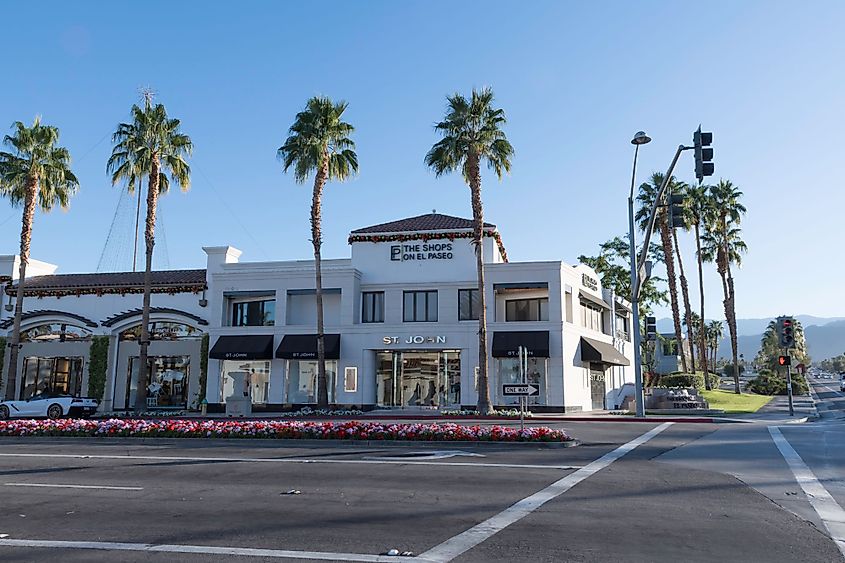
In 2019, the city of Palm Desert had a population of 52,575 people with a median age of 54.5. As of 2019, about 10,100 people (19.2% of the residents) of Palm Desert were born outside the country. The most common birthplace of the foreign-born residents of California is Mexico, followed by the Philippines and China. The largest ethnic groups in Palm Desert are the non-Hispanic White representing 66% of the city’s population, the Hispanic White at 16.5%, Asians at 4.96%, others at 4.92%, and African Americans at 2.82%.
As of 2019, the median household income in Palm Desert was $59,977 and the median property value was $350,400. The average car ownership in the town was two cars per household. The city of Palm Desert serves as the principal business center and a major shopping destination among the desert communities in Coachella Valley. Located in downtown Palm Desert, El Paseo Drive serves as the city’s principal shopping street. The entire area around this street has developed into an upscale shopping district that features several restaurants, art galleries, and about 150 boutiques.
Brief History Of Palm Desert
The area initially served as the ancestral homeland of the Cahuilla Indian farmers, who lived in the area for more than 10,000 years. Originally referred to as the “Old MacDonald Ranch”, the area was rechristened as “Palm Village” in the 1920s, after the date palms became a popular crop here. The area was used by the United States Army for training purposes. After the Second World War in 1943, the first residential development took place in the area in connection to an Army maintenance camp. In due course, this site developed into an upscale shopping district known as “El Paseo.” The Palm Desert Corporation started real estate development in 1948, and the area was renamed “Palm Desert” in 1951. On November 26, 1973, the city of Palm Desert was officially incorporated.
